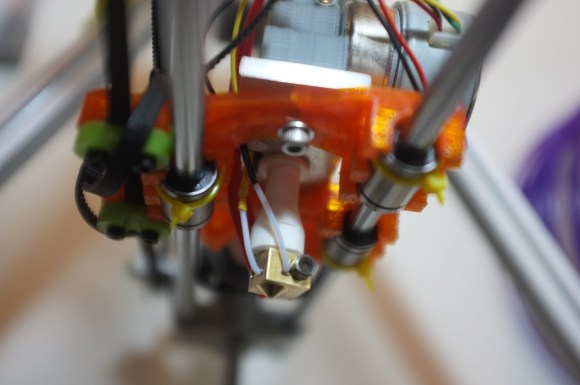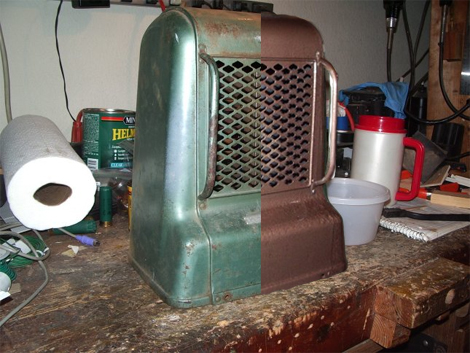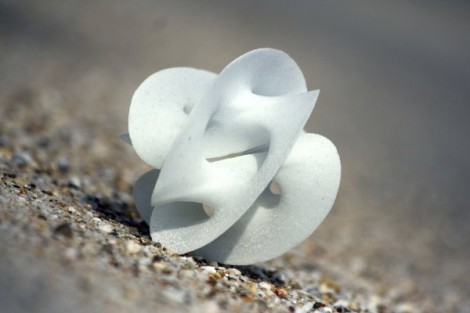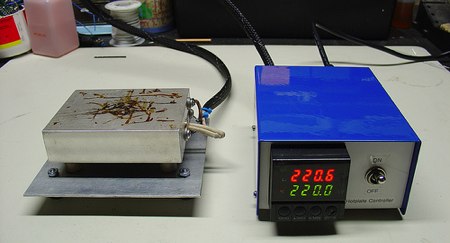
Take a gander at the part of this extruder head which looks like a chess pawn. It’s the mounting bracket for the hot end and it’s made out of ceramic. [Ed] came up with the idea to use ceramic to mount the hot end when trying to improve the design while keeping it rather simple and easy to assemble. The concept uses the thermal properties of the ceramic to insulate well enough to operate the extruder at higher temperatures without causing other problems.
Where does one get a custom ceramic part anyway? Turns out you can get low volume runs from China much like PCBs. The minimum order was ten units, which was still a leap of faith since he had no way of testing the design in advance. The first run with the new part went quite well, but only for the first layer and then the filament jammed. He’s still not sure why, but overcame the issue by lining the inside of the ceramic with a PTFE tube. This means he now has to use a smaller filament to fit through it. But the quality of the prints he’s getting with 1.75mm stock and the ceramic head are superb.
It may even be possible to print this ceramic part some day. We remember seeing another extruder that can deposit ceramic clay.














